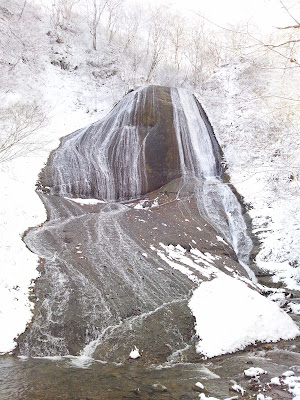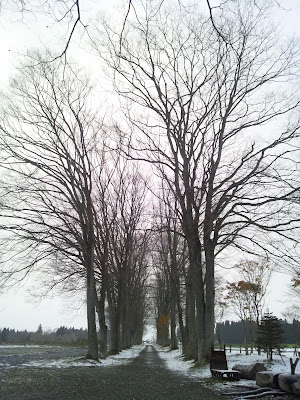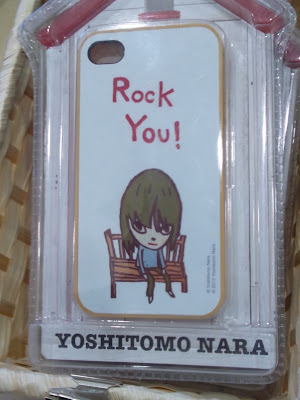The Miroku Waterfall was named after the Buddhist priest, Kyugakubo, who fasted for praying to save people from poor crop. As he whorshipped Miroku Bosatsu (Maitreya Bodhisattva), it’s called Miroku Waterfall.
Even though its name is “waterfall”, but the water doesn’t fall vertically. It draws countless white lines of water on the surface of the huge rock for 30m high and 20m wide, and those white lines remind of “somen” which is thin and white noodle made from flour that it’s also called “Somen Waterfall”.
The waterfall looked like a monochrome ink painting of landscape, and some people say it looks like Snoopy.
 |
| Rest house. Closed from late November to April. |
 |
| Forest near the waterfall. This area is popular for picnic from spring to autumn. |
Miroku Waterfall (Miroku-no-taki)
Natsusaka, Takko-machi
Sannohe-gun, Aomori Prefecture
Direction: From the central Takko, drive along Route 104 to the direction of Akita (Odate). Approx. 20 minutes.
Aomori sightseeing guide "aptinet" http://en.aptinet.jp/
Aomori sightseeing guide "aptinet" http://en.aptinet.jp/
Indicate Miroku Waterfall on a larger map.


























































